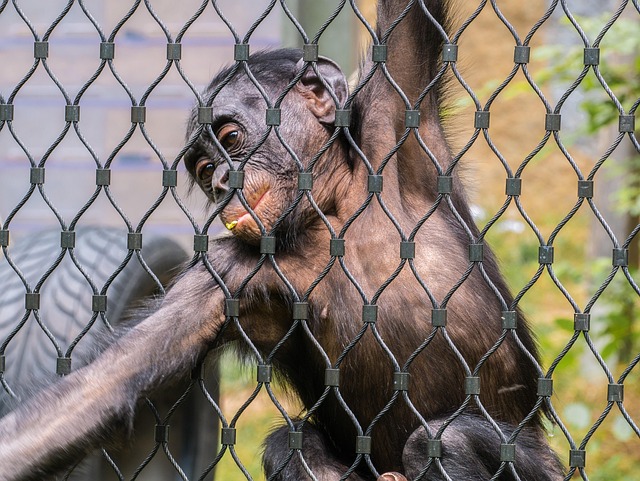Mitragyna Speciosa, or Kratom, is a Southeast Asian herb with a long history of medicinal use. Native to Malaysia, Thailand, Indonesia, and Myanmar, it's a cultural symbol in Malaysia where its dried leaves are used for pain relief, mood enhancement, and energy boosts. Known scientifically as Mitragyna speciosa, the plant's buds are carefully harvested and processed to extract potent alkaloids like mitragynine, offering natural alternatives for relaxation and pain management. Proper understanding of its pronunciation and harvesting/processing methods highlights its complex profile and impact on well-being.
Discover the enchanting world of Malaysian Kratom Buds, derived from the plant Mitragyna Speciosa, a tropical treasure with a rich cultural heritage. This article unravels the mysteries behind this powerful herb, tracing its historical significance in Malaysia and exploring its unique properties. From understanding the scientific name mitragyna speciosa pronunciation to deciphering the art of harvesting and processing kratom buds, we delve into the captivating journey of this natural remedy, shedding light on its diverse effects.
- What is Mitragyna Speciosa (Kratom)?
- The History and Cultural Significance of Kratom in Malaysia
- Understanding Kratom Buds: Harvesting, Processing, and Effects
What is Mitragyna Speciosa (Kratom)?
Mitragyna Speciosa, often referred to as Kratom, is a natural herb native to Southeast Asia, specifically Malaysia, Thailand, Indonesia, and Myanmar. Despite its controversial reputation, it’s scientifically known as Mitragyna Speciosa and has been used for centuries in these regions for various medicinal purposes. The plant belongs to the same family as coffee and rubber trees, growing as a small tree or large shrub in tropical forests.
The term ‘Kratom’ is derived from the Thai word “kratum” which, when pronounced as /ˈkrætəm/, reflects its unique sound. The leaves of Mitragyna Speciosa are dried and used either in their natural form (as buds or leaves) or processed into various forms like powder or capsules. Its effects on the human body have made it a popular herbal supplement worldwide, with users seeking its potential therapeutic benefits, including pain relief, mood enhancement, and energy boost.
The History and Cultural Significance of Kratom in Malaysia
In Malaysia, kratom, scientifically known as Mitragyna speciosa, holds a significant cultural and historical place. The plant has been used for centuries by local communities, primarily in rural areas, for its medicinal properties and to enhance daily labour. Traditionally, kratom leaves were chewed or brewed into a tea, providing a gentle boost of energy and pain relief. Its use as a social and cultural bonding agent is also notable; locals would gather and share kratom, fostering community connections.
The plant’s name, Mitragyna speciosa, reflects its importance in Malaysian society. “Mitragyna” translates to “union or partnership,” suggesting its role in bringing people together. Over time, kratom has evolved from a traditional remedy to a widely discussed topic, especially with global recognition and the rise of online communities. However, it remains deeply rooted in Malaysia’s cultural heritage, with local practices and traditions surrounding its use continuing to thrive.
Understanding Kratom Buds: Harvesting, Processing, and Effects
Kratom buds, derived from the plant Mitragyna speciosa, are a popular choice for those seeking natural alternatives for pain management and relaxation. The harvesting process begins with carefully selecting mature leaves, followed by careful drying to preserve their potent compounds. This meticulous approach ensures that the final product retains its effectiveness.
The processing of kratom buds involves multiple steps, from curing to grinding, which help to extract and concentrate the active alkaloids like mitragynine. These alkaloids are responsible for the plant’s diverse effects, ranging from stimulating energy and focus to promoting deep relaxation and pain relief. Understanding the nuances of harvesting and processing is key to appreciating the complex profile of kratom buds and their unique impact on the user’s well-being.
Malaysian kratom buds, derived from the Mitragyna speciosa plant, hold a rich cultural significance in the country. This ancient herb has been meticulously harvested and processed for centuries, offering a range of effects that have captivated both locals and enthusiasts worldwide. Understanding the history and scientific name, such as its correct pronunciation, “mit-ra-gy-na spee-ee-o-sa,” is essential when navigating this unique natural resource. As we conclude, kratom buds continue to be a fascinating topic, combining tradition with modern interest in well-being and alternative remedies.














